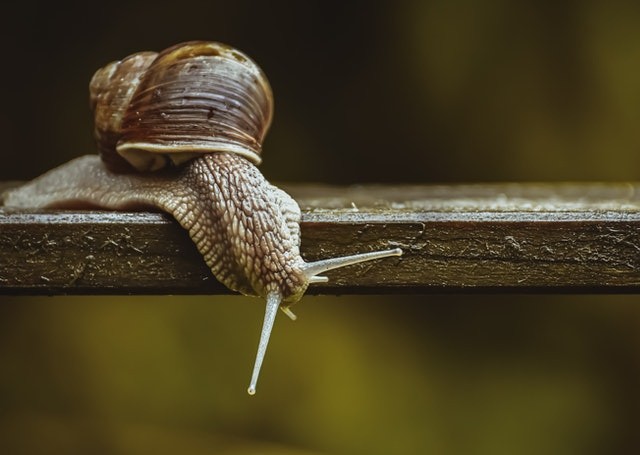Specialists clearly know that the venom of cone snails, which cruise the bottom for a fish feast, contains chemicals that can be used to treat chronic pain, diabetes, and other diseases.
However, the venom of cone snails has much more surprises.
A genus of cone snails creates a venom molecule comparable to the hormone somatostatin, according to a recent study published in Science Advances.
Toxins that came from Cone snails

An international team of scientists revealed that conical snails living in tropical lowlands create a substance that is identical to somatostatin, an inhibiting hormone used to treat growth, pancreatic, pain, and inflammatory diseases, as per infobae.
Even though the poison of these snails has been used for years to make drugs to treat chronic pain, diabetes, and other illnesses, the maximum capabilities or use of the compounds is unknown.
Now, a study published in Science Advances showed that a snail species creates a somatostatin-like toxin, and while the pharmaceutical uses are unclear, the discovery underscored the potential of poisons made and developed by snails for millions of years.
Helena Safavi-Hemami, an adjunct assistant professor at the University of Utah and an affiliate professor at the University of Copenhagen said that they must extend the scope of what we expect these poisonous creatures to manufacture, presuming that they may indeed be creating anything.
According to Iris Bea Ramiro of the University of Copenhagen, cone snail venom is like a natural library of chemicals.
It began in Bohol, Philippines
Ramiro was raised on the Philippine island of Bohol, where the narrative begins.
Most cone snails seek fish. Some of them employ a "taser-and-tether" hunting method, in which they fire a barbed hook into a fish and administer a shock of venom that chemically decapitates and paralyzes the fish.
Others employ a net hunting method, spewing a mist of toxin into the water that contains components that deprive the fish of sensory information and cause them to become disoriented, as per the University of Utah.
Only half of the predicted eight groups of fish seeking cone snails have been thoroughly examined.
The Asprella cone snails are one of the least-studied genera. They are not, like some others, shallow-water snails. Instead, they prefer deeper seas at depths of 200-800 feet (60-250 m) and had therefore been inaccessible to experts.
Cone snail collected at the University
Far outside the sparkling Pacific, Utah researchers have real researching cone snails and their venom since 1970, when Baldomero "Toto" Olivera moved in to Salt Lake City, bringing with him the cone snail investigation he'd undertaken in the Philippines.
Countless studies have yielded a wealth of knowledge about how toxins interact with receptors in the body and overpower normal metabolic processes.
Olivera and his colleagues looked into whether these effects may be used as medications in people.
Prialt, a pain reliever, was the result of one endeavor.
Frank Whitby, a research associate professor in the Department of Biochemistry, determined the composition of Consomatin Ro1 using X-ray crystallography.
According to Christopher Hill, a renowned professor of biochemistry, this was a significant addition since it demonstrated that Consomatin Ro1 does not mimic somatostatin but instead a pharmacological analog of somatostatin called octreotide.
Meanwhile, the study team collaborated with local fishermen off the coast of Cebu, an island near Bohol, to bring Asprella specimens to the lab to study their behavior patterns and biochemistry.
It is unclear how a venom substance that resembles somatostatin may be beneficial, but the study found that Consomatin Ro1 can block pain in mice with comparable efficacy to morphine and can be utilized to dull pain so that the prey does not realize it has been hit.
Researchers will now investigate the origins of consomatin Ro1 in snails to fully understand the structure's viability as an anti-inflammatory or painkiller.
Related article: New Research Shows How Cone Snail Venom Reduces Pain
© 2025 NatureWorldNews.com All rights reserved. Do not reproduce without permission.





